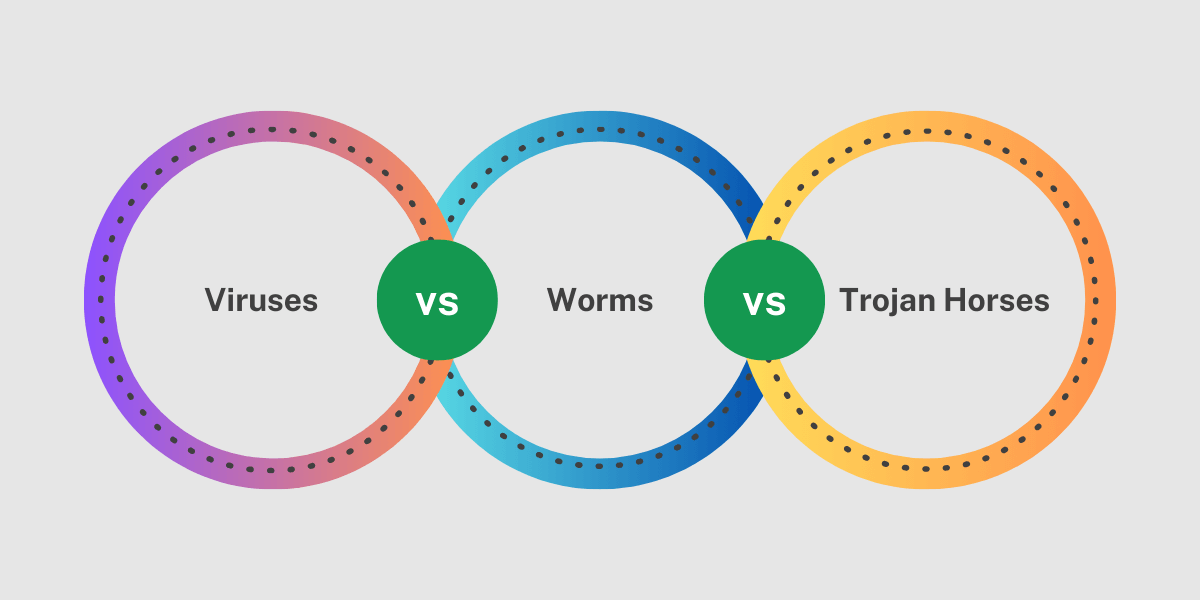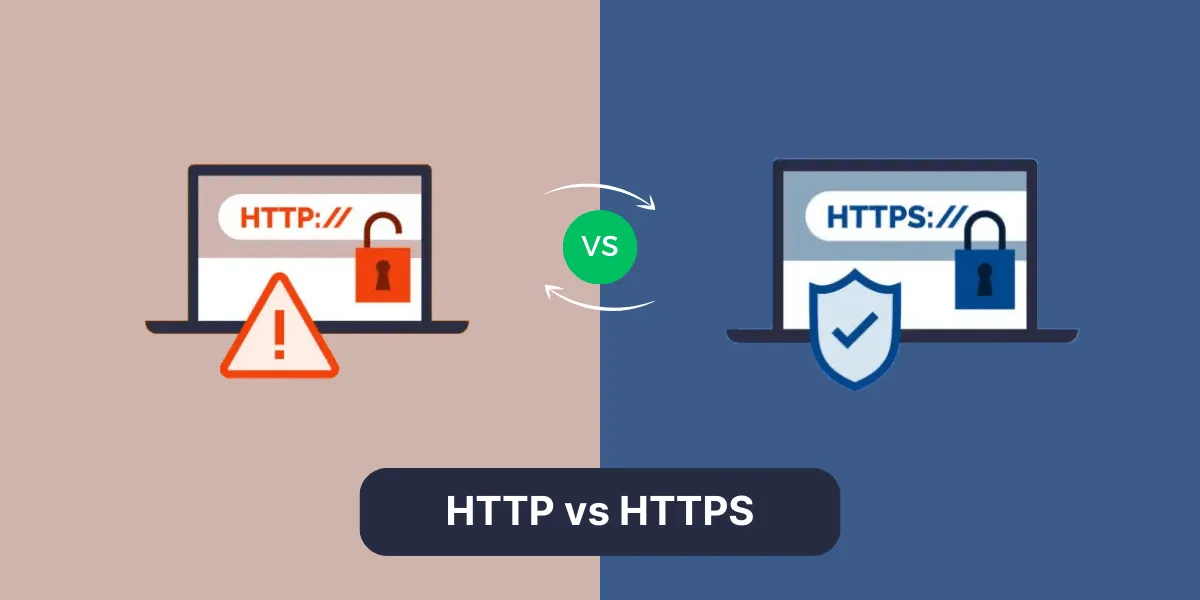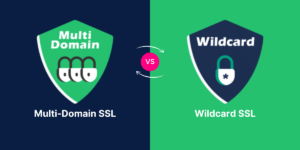Understanding Viruses, Worms, and Trojan Horses
In the world of cybersecurity, few terms incite more concern and confusion than “virus,” “worm,” and “Trojan horse.” Though they may sound similar, these types of malicious software (also known as “malware”) work in different ways and present unique threats.
Understanding the key differences between computer viruses, worms, and Trojans is essential for anyone who uses a computer or other connected devices. Awareness of how these attacks function can help users safeguard their systems and data.
This comprehensive guide will demystify these three commons cyberattack methods by exploring what they are, how they operate, the harm they can inflict, and the best practices individuals and organizations should follow for protection. Let’s dive in and shed some light on the distinctions between viruses, worms, and Trojans.
Key Takeaways
- Viruses, worms, and Trojan horses are types of malicious software (malware) that can infect computers and computer networks.
- Viruses attach themselves to executable files and code and replicate when infected files are shared or run. Worms self-replicate and spread on their own through networks. Trojans disguise malicious code within seemingly benign applications.
- Viruses rely on human interaction to spread, while worms can spread automatically. Trojans trick the user into executing them.
- Viruses and worms can both replicate themselves and consume system resources, but worms can often spread faster through networks.
- Trojans allow malicious access, control, and code execution on the infected system and can install additional malware.
- Protection methods include antivirus software, firewalls, safe browsing habits, caution with downloads/attachments, and keeping software updated.
Viruses: What They Are and How They Spread
A computer virus is a specific type of malware that infects host files and code, causes damage, and then spreads itself. Viruses are parasitic, meaning they attach to and spread through legitimate program files, macros, and other executable code. Without a host, a virus cannot function or replicate.
Virus Behavior and Goals
When an infected file executes or opens, the viral code also executes. From there, the virus can perform any number of malicious tasks, including:
- Corrupting or destroying data files
- Altering, hijacking, or disrupting legitimate processes and applications
- Monitoring user activity and collecting data or login credentials
- Enabling remote access, control, and further infections
- Rendering hardware unusable through corruption
Ultimately, viruses aim to infect as many files or systems as possible to maximize damage. They can also sometimes lie dormant until the attacker gives them a command.
Virus Transmission and Infection
For a virus to spread, its code needs to be executed by unsuspecting users. This gives viruses mobility. Transmission commonly occurs through:
- Executing an infected file attachment or downloaded file
- Visiting a compromised website that runs a malicious script
- Clicking infected links in emails or messages
- Loading infected external media like USB drives
- Running or opening files from untrustworthy sources
Once activated, viruses target other files and code to copy and embed themselves within them. The infection process restarts when users access these newly infected files.
Types of Computer Viruses
There are several categories of computer viruses:
- Boot sector viruses: Infect the boot sectors of storage media like hard drives or disks. They run when the computer first boots.
- Macro viruses: Infect macro code within files of apps like Microsoft Office. They run when infected documents open.
- File infector viruses: Infect program executable files like .exe and .com files. They activate when infected apps run.
- Multipartite viruses: Infect multiple file types and systems, including the boot sectors, executables, and macros.
- Polymorphic viruses: Change or mutate their code as they replicate to avoid detection.
- Stealth viruses: Hide their modifications and processes to conceal their presence.
Virus Impacts
Viruses can inflict severe damage depending on their programming. Potential impacts include:
- Permanent destruction of files, data, or operating system software
- Disruption of legitimate software and system processes
- Performance issues like increased resource usage and system slowdowns
- Unexpected behavior, crashes, and reboots of apps and the OS
- Disabling or circumventing installed security tools
- Data theft or overwritten/encrypted files for ransom
- Full compromise of the infected machine for control or additional exploits
Without intervention, viruses can render computer systems unusable or turn them into weapons used in wider criminal schemes.
Worms: Attributes and Ways They Spread
Computer worms are a class of malware that replicate and distribute themselves over networks. Like viruses, they aim to infect devices and propagate without any action by the user. However, worms can spread and replicate on their own.
Key Properties of Computer Worms
Worms exhibit the following core behaviors and capabilities:
- Self-replication: Worms run self-contained propagation code that duplicates itself onto other systems. They do not need host files or code.
- Autonomous spreading: Worms can disseminate copies across connected devices without user execution or interaction, using networks and system vulnerabilities.
- Standalone functionality: Worms are separate programs capable of running independently (unlike viruses).
- Harmful effects: While spreading, worms often carry additional payloads designed to damage devices and infrastructure.
- Rapid escalation: With their autonomous spreading, worms can quickly saturate networks, creating rising infection rates that resemble exponential growth curves.
How Network Worms Spread
Worms distribute themselves through networks using one or more propagation techniques:
- Scanning for vulnerable hosts: Worms can probe IP addresses for open ports, unpatched services, or known software flaws to target and copy themselves onto.
- Exploiting software vulnerabilities—Worms infiltrate and install on remote devices by exploiting security weaknesses in network services and protocols.
- Cracking weak passwords: Worms can run password guessing and cracking programs to break into systems using brute force attacks.
- Emailing themselves: Some worms harvest email contacts/lists and email-infected attachments or links to recipients.
- Removable media: Worms copy themselves onto removable drives or disks, which are then installed when plugged into other computers.
Notable Worm Outbreaks
Some infamous worm incidents include:
- Morris worm (1988): One of the first worms. It disrupted internet services by rapidly spreading to thousands of UNIX devices.
- Sobig worm (2003): Spread via email attachments and ultimately infected millions of Windows PCs. It opened remote access backdoors.
- Conficker (2008): This worm exploited the Windows SMB vulnerability to infect over 9 million systems across 150 countries in just a few months.
- WannaCry (2017): Used leaked NSA tools to exploit Windows and encrypt user data for ransom. It caused over $4 billion in losses.
Worm Impact
As worms spread across networks and consume resources, they can cause:
- Consumption of storage, processing, and network bandwidth leads to slowdowns and outages.
- Crashes, freezes, or weird behaviors of systems and services.
- Further malware infections through opened backdoors.
- Data destruction, encryption, or theft.
- Costly damage and recovery if containment is not swift.
Trojan Horses: Overview and Dangers
In Greek mythology, the Trojan Horse was a large hollow wooden statue housing soldiers that was brought into Troy as a gift but actually enabled the Greeks to destroy the city from within. This gave rise to the cybersecurity threat known as the Trojan horse (often shortened to simply “Trojan”).
What is a Trojan Horse?
In computing, a Trojan horse (or Trojan) is malicious software that disguises itself as legitimate software to trick users into installing and executing it. Once activated, Trojans enable cybercriminals to covertly access, control, or inflict damage on the compromised system.
Trojan Deceptions and Entry Methods
Trojans deceive victims using social engineering and disguises such as:
- Appearing to be valid, useful software: Trojans often imitate popular programs, codecs, utilities, or plugins that users actually want.
- Piggybacking on software bundles: They can hide within otherwise safe, free software collections and programs.
- Purporting to fix issues: Fake “optimization” software and “registry cleaners” may offer to speed up or repair a system.
- Edgeware: Downloaders and browser extensions that silently fetch and run additional malicious programs.
Once installed, Trojans can gain entry through actions like:
- Users knowingly install what they believe is legitimate software
- Installation through bundled software users intentionally install
- Social engineering that tricks users into authorizing access
- Exploitation of unpatched vulnerabilities in operating systems or software
Malicious Activities and Payloads
Once on a system, Trojans open backdoors for cyber criminals to:
- Spy on user activity: Logging keystrokes, capturing screenshots, activating webcams and mics, etc.
- Harvest personal data: Stealing documents, credentials, emails, media, etc., that can ube used in identity theft.
- Hijack system resources: Using the compromised computer’s bandwidth for DDoS attacks or cryptocurrency mining.
- Take remote control: Downloading additional malware, altering settings, installing new accounts, etc.
- Brick the system: Some Trojans contain payloads to disable, crash, and render the system unusable.
- Ransomware: Encrypting files on the infected system and demanding payment for decryption.
Notorious Trojans
Some well-known Trojans include:
- Zeus: A banking Trojan that monitors web usage and steals financial account credentials and assets.
- SpyEye: Captures keystrokes, screenshots, and credit card info and can control infected systems.
- Emotet: Spreads spam emails to harvest credentials and drop additional malware.
- NanoCore: Provides covert remote access and control with potent spying capabilities.
- NetWire: Logs and transmits sensitive data like passwords and tracks location.
Trojan Impacts
Trojans can lead to:
- Loss of privacy and control over infected systems
- Theft of personal and financial data
- Misuse of system resources
- Ransomware damage and costs
- Further malware infections through open backdoors
- Full system compromise and susceptibility to additional cybercrime
How to Protect Against Viruses, Worms, and Trojans
While viruses, worms, and Trojans can inflict serious harm, there are steps users and organizations can take to guard against infection and protect critical systems and data:
Safe Computing Practices
- Do not open suspicious emails/attachments, links, ads, pop-ups, or programs
- Download only from trusted and verified sources
- Closely monitor processes and resources for odd activities
- Regularly back up critical data offline
Security Software
- Install reputable antivirus software and firewalls
- Keep all software updated with the latest security patches
- Use antimalware tools to scan downloads and removable media
- Enable email spam filtering and anti-phishing features
Access Controls
- Require strong passwords and multifactor authentication
- Monitor/limit administrator privileges
- Promptly decommission old hardware and software
- Disable unneeded services and protocols
Network Defenses
- Install intrusion detection and prevention systems
- Enable domain and server authentication
- Segment network into protected zones
- Restrict file sharing between zones
User Education
- Train staff to identify social engineering tactics
- Establish safe Internet usage policies
- Report unusual activities from devices
- Avoid unauthorized tools and risky sites
Final Thoughts
Understanding the differentiation between viruses, worms, and Trojans is key to developing effective defenses against malware. While they utilize different methods, they all can inflict serious damage to systems and data. With vigilance, security tools, and proper system hardening, much of the harm caused by these threats can be prevented or minimized. However, users should remain cautious online and avoid high-risk behaviors that make infection more likely. Recognizing the warning signs of viruses, rapidly containing worm outbreaks, and avoiding Trojan trickery will lead to safer computing for all.
Frequently Asked Questions
Below are some common questions about viruses, worms, Trojans, and protecting systems against malware threats:
What is the main difference between a virus and a worm?
The key difference is that viruses require human action to replicate and spread by infecting host files or code. Worms can self-replicate and distribute themselves autonomously using networks and software flaws.
How do Trojans differ from viruses and worms?
Unlike viruses and worms that spread themselves, Trojans disguise themselves as legitimate software to trick users into installing them. They then enable backdoor access instead of further self-replication.
Is a Trojan horse a virus?
No, Trojans are not viruses. While they are malicious, Trojans do not self-replicate or infect other files like viruses. Trojans enable remote access or attacks.
Can antivirus software detect all malware?
Antivirus software cannot guarantee that it will catch all viruses, worms, and Trojans, but using a continuously updated suite alongside other tools like firewalls and antimalware scanners provides layered security against a wide range of threats.
What is the most dangerous type of malware?
Worms can often inflict the most widespread damage by self-propagating rapidly across networks. However, any malware that enables unauthorized access, like remote control Trojans, can lead to full system compromise.
How can users avoid malware infection?
Safe habits like avoiding suspicious links/attachments, not downloading unauthorized software, scanning external media, and using secure connections can help users prevent infection. If you receive an email from an unknown person, run a reverse lookup on the email addresses to verify the sender’s details before interacting with the message. Keeping software updated and using strong access controls and passwords also adds protection.

Priya Mervana
 Verified Web Security Experts
Verified Web Security Experts
Priya Mervana is working at SSLInsights.com as a web security expert with over 10 years of experience writing about encryption, SSL certificates, and online privacy. She aims to make complex security topics easily understandable for everyday internet users.



